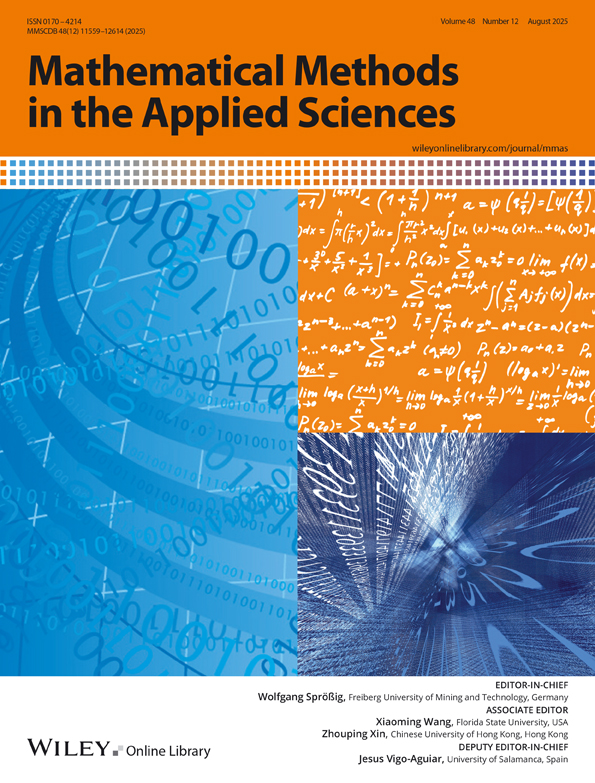Mathematical Modeling of Threshold Strategy in Fishery Management
ABSTRACT
Effective fishery management is crucial for maintaining marine ecosystem balance and sustainable seafood resources. This study explores a Filippov three-trophic level system involving phytoplankton, herbivorous shrimp, and commercially fished jacks, incorporating predation risk and refuge behavior. We propose a strategy to harvest jacks only when their densities exceed a threshold, triggering shrimp to seek refuge. This approach enhances ecosystem sustainability while minimizing overfishing risks and costs. We analyze the Filippov model's dynamics, focusing on sliding mode dynamics using Filippov's convex method. The existence and stability of regular equilibria, tangent points, boundary equilibria, and pseudo-equilibria are investigated, along with conditions for the visibility or invisibility of tangent points. The model can stabilize at different regular equilibria or a pseudo-equilibrium, depending on the parameters and initial conditions, demonstrating bistability. Local and global discontinuity-induced bifurcations, such as boundary node, saddle node, pseudo–saddle–node, sliding–crossing, and adding–sliding bifurcations, are examined numerically. Our results indicate that selecting an appropriate threshold level is crucial for effective fishery management, ensuring both sustainable harvesting and ecosystem stability.
Conflicts of Interest
The authors declare no conflicts of interest.
Open Research
Data Availability Statement
The data that support the findings of this study are available from the corresponding author upon reasonable request.




